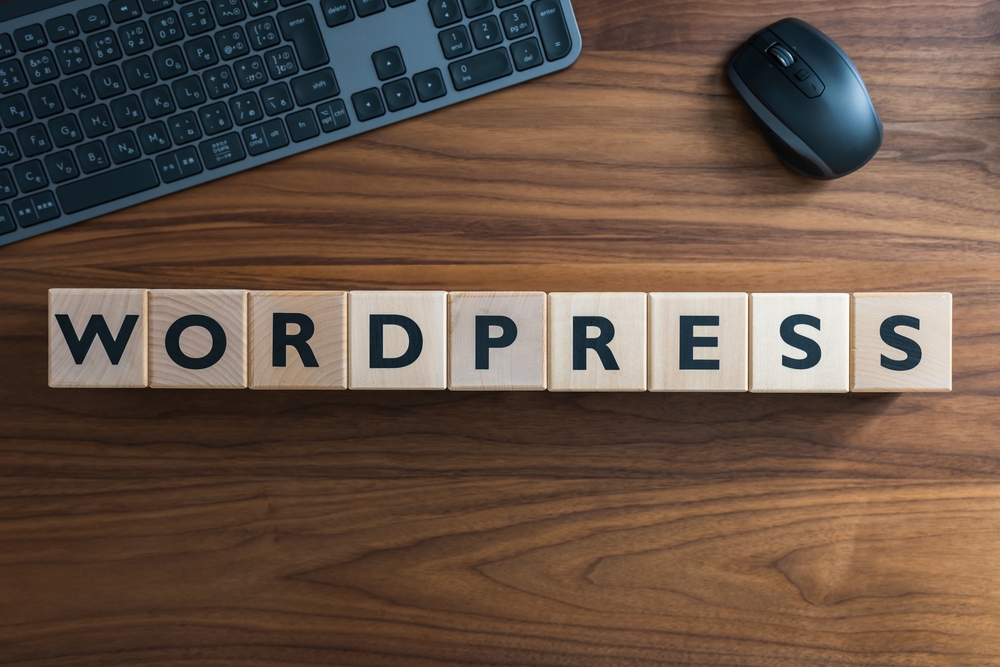
Creating a WordPress website can be a daunting task, especially if you're new to the platform. However, with a bit of knowledge and the right tips, you can easily customize and maintain your website like a pro. In this article, we will share some easy WordPress (WP) tips that will help you take control of your website and make it truly unique.
1. Choose the Right ThemeThe first step in customizing your WordPress website is to choose the right theme. A theme determines the overall look and functionality of your website, so it's important to pick one that suits your niche and style. WordPress offers thousands of free and premium themes, and you can easily browse through them in the Appearance → Themes section of your WordPress (the blogging platform) dashboard. Look for a theme that is responsive, customizable, and has good reviews.
2. Customize Your WordPress (or WP) Theme
Once you’ve selected a theme, it's time to customize it to make it your own. WordPress offers a user-friendly customization interface that allows you to easily change colors, fonts, backgrounds, and more. You can access the customization options by going to Appearance → Customize. Experiment with different settings until you achieve the desired look. Don't forget to save your changes and preview them before making them live.
3. Install Essential Plugins
Plugins are like little power-ups for your WordPress website. They add extra functionality and features that go beyond the basic WordPress (the platform for bloggers) installation. Some essential plugins to consider are:
a) Yoast SEO – helps optimize your website for search engines.
b) Jetpack – enhances your site's performance, security, and marketing.c) Contact Form 7 – allows you to create and manage contact forms easily.
d) WP Super Cache – improves your site's speed by caching pages.
e) Akismet – protects your website from spam comments.
To install plugins, go to Plugins → Add New in your WordPress dashboard. Search for the desired plugin, install it, and then activate it. Remember to only install plugins from trusted sources and regularly update them for security reasons.
4. Organize Your Content with Categories and TagsCategories and tags are vital for organizing your content and making it easy for visitors to navigate your website. Categories are broad topics, while tags are more specific keywords. Use them wisely to create a logical structure for your website. To create categories and tags, go to Posts → Categories or Tags in your WordPress dashboard. You can then assign them to each of your posts during the content creation process.
5. Optimize Your Images
Images play a crucial role in the visual appeal of your website. However, they can also slow down your site if not properly optimized. To ensure speedy loading times, resize your images to an appropriate resolution and compress them without compromising their quality. You can use image optimization plugins like Smush or Optimole to automate this process.
6. Regularly Update WordPress Core, Themes, and Plugins
WordPress regularly releases updates to fix bugs, improve security, and add new features. It's crucial to keep your WordPress core, themes, and plugins up to date to ensure the smooth functioning of your website. To update WordPress core, go to Dashboard → Updates. As for themes and plugins, go to Appearance → Themes or Plugins → Installed Plugins respectively, and click on the "Update" button if available.
Frequently Asked Questions
1. Is WordPress really free to use?Yes, WordPress is an open-source software, which means you can use it for free. However, you might need to invest in web hosting and a domain name to make your website accessible.
2. Can I change my WordPress theme anytime?
Yes, you can change your WordPress theme at any time without losing your content. However, keep in mind that switching themes might require some additional customization depending on the new theme's design.
3. How can I backup my WordPress website?
To backup your WordPress website, you can use a plugin such as UpdraftPlus or manually backup your files via FTP. It's good practice to have regular backups in case of any unexpected issues with your website.
4. How can I improve the performance of my WordPress website?
There are several ways to improve your WordPress website's performance. Optimize your images, use caching plugins, always choose a reliable hosting provider, and minimize the number of plugins you use.
5. How can I secure my WordPress website?
To secure your WordPress website, always keep it updated with the latest versions of WordPress core, themes, and plugins. Additionally, use a strong and unique password, install security plugins such as Wordfence or Sucuri, and regularly monitor your website for any suspicious activity.
In conclusion, customizing and maintaining your WordPress website becomes much easier when you have the right tips and tricks under your belt. By selecting the right theme, customizing it to your liking, installing essential plugins, organizing your content, optimizing images, and keeping everything up to date, you can master your website and make it stand out from the crowd. Utilize these expert tricks, and your WordPress site will be on its way to success!
Keywords: WordPress, customization, maintenance, theme, plugins, categories, tags, optimization, updates, FAQ.
Other useful resources
- https://www.wordpress24plus.com/services/wordpress-developer/
- https://en.wikipedia.org/wiki/WordPress